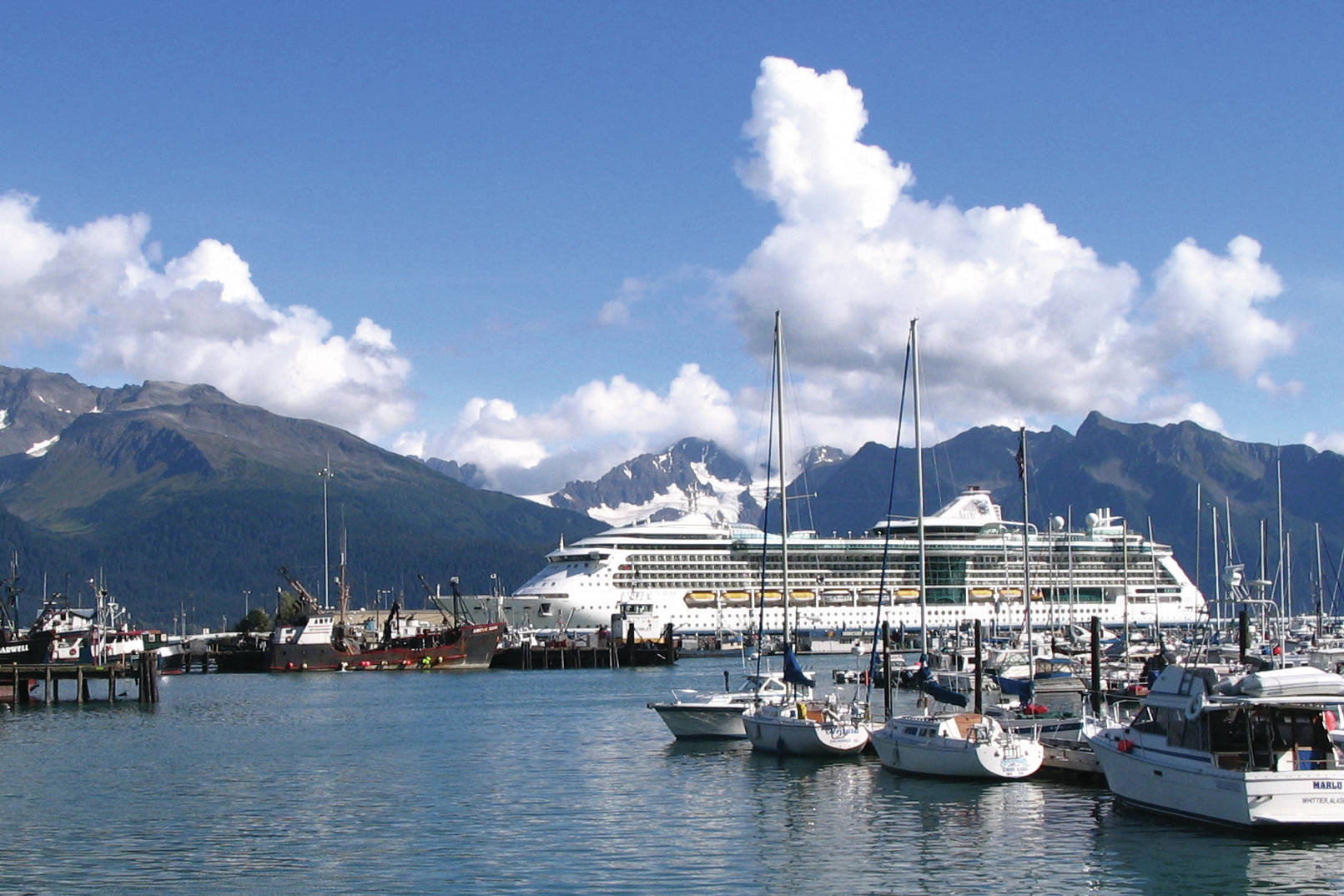A new report predicts the state and borough are expected to see small and slow job growth into 2020.
The state is anticipating more growth this year than during the recession of the previous three, but at a slower rate of 0.3% — or about 1,100 new jobs, according to Alaska Economic Trends, a January research analysis from the Alaska Department of Labor and Workforce Development.
In 2019, Alaska added roughly 1,600 jobs. During the recession of the three prior years, the state lost more than 11,000 jobs.
Many of the jobs are expected to be in the military with a wave of new personnel at Eielson Air Force Base in Fairbanks and in the tourism industry, due to expected increases in cruise ship visitors.
According to the report, the Kenai Peninsula Borough, the Valdez and Cordova census area and Kodiak Island — categorized by the state as the Gulf Coast Region — saw a 0.7% increase in jobs between November 2018 and November 2019.
The Kenai Peninsula could benefit from a rise in tourism. According to the Trends report, 2020 is expected to break another record with an anticipated 6% jump in cruise ship passengers.
Nearly half of Alaska’s visitors arrive on cruise ships, 47% fly, and 4% come by land or ferry, according to McDowell Group, a research consulting firm in Anchorage.
The number of foreign tourists in the winter — many of whom travel to the Interior to view the northern lights — has also grown in recent years, according to the Trends report.
The oil industry is expected to continue growing, with the addition of about 400 jobs in 2020 despite the dip in the price of oil. About 300 jobs were added to the industry last year. The biggest variable, the report said, is Hilcorp’s assumption of BP’s North Slope assets, which will likely cause some job loss, mainly in Anchorage.
The health care industry is also expecting modest growth, with about 400 jobs added in 2020. Hospitals and ambulance health care continue to expand at a slow rate; however, nursing homes and group homes have been losing jobs for several years and the losses are accelerating.
The report noted that Alaska’s population is aging faster than the nation’s, and with age comes additional health care needs spurring some growth in the industry, but recent and proposed cuts to Medicaid will mute health care growth.
Ongoing population loss will cause Alaska’s economic recovery to be sluggish.
“Alaska has the largest migration rates of any state — every year, between 35,000 and 50,000 people both to and from Alaska — but for the last six years, the state has lost more movers than it’s gained,” the report said. “Fewer Alaskans means less demand for schools, stores, homes, and services.”
While the state’s population has been dropping slightly, the borough’s population has seen small gains over the last couple of years.
Next year’s budget is still in its early stages, but Gov. Mike Dunleavy’s proposed budget would transfer more than $1 billion from savings, and further drain the states savings account. Such budget uncertainties will “hamper” the economy, the report said.
“State government’s financial situation remains the primary drag on Alaska’s economy,” the report said. “Even after several years of deep budget cuts, Alaska still spends more than it brings in. Savings have bought the state time and mitigated cuts, but drawing from savings remains controversial and a short-term solution.”
Government employment will considerably decline in 2020, and state government will take the biggest hit. The report forecast the loss of 700 jobs this year, “but it could be more.” State government employment has fallen every year since 2015. From its high in 2014 through 2019, state government lost 3,100 jobs.
The federal government will add about 200, mostly temporary, jobs to conduct this year’s census.


